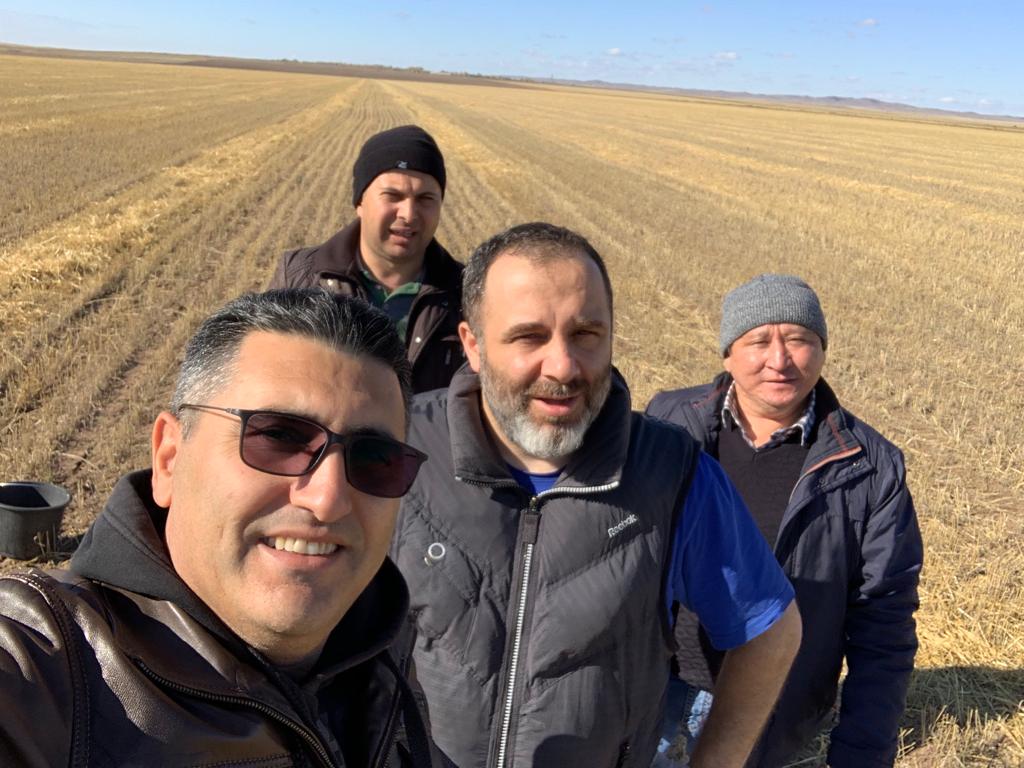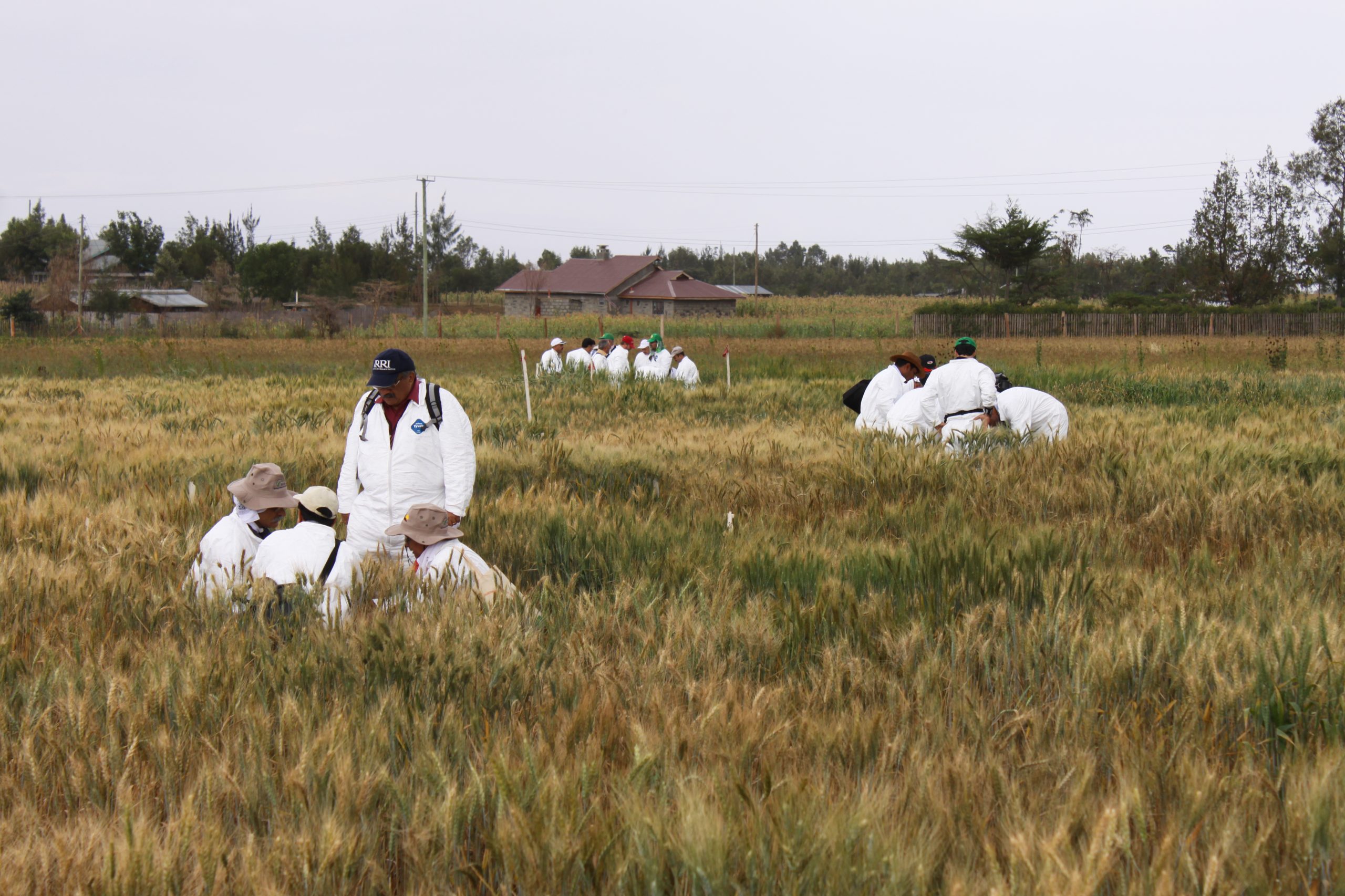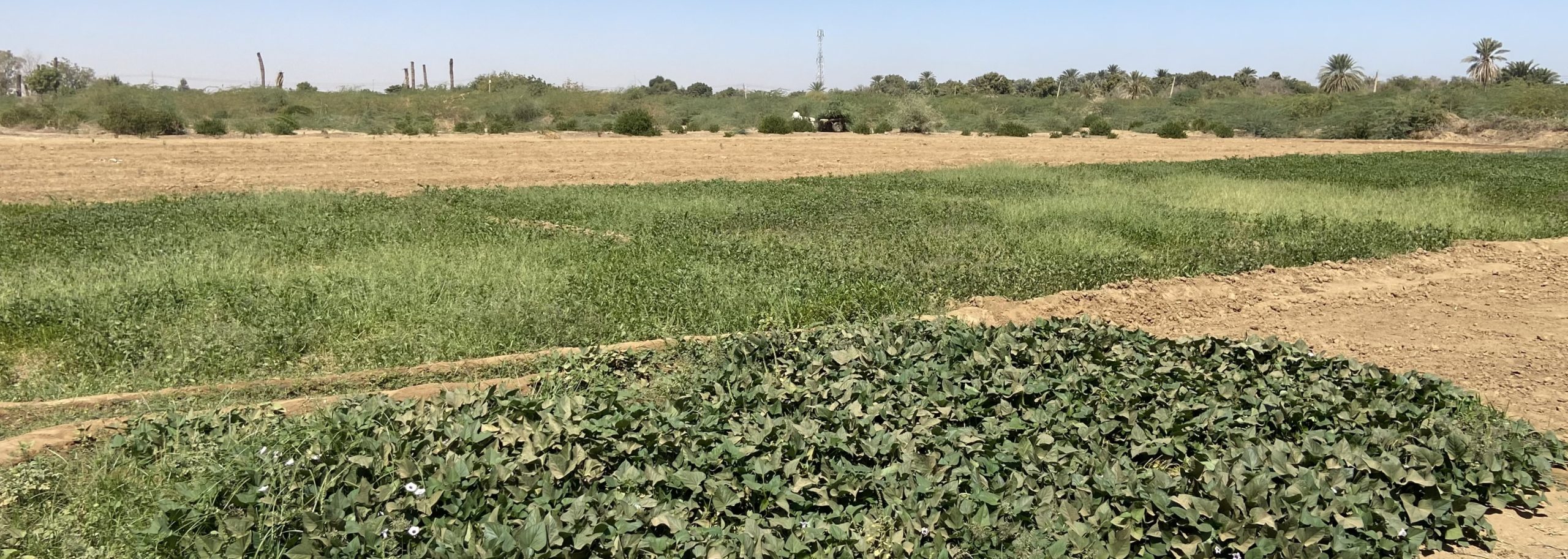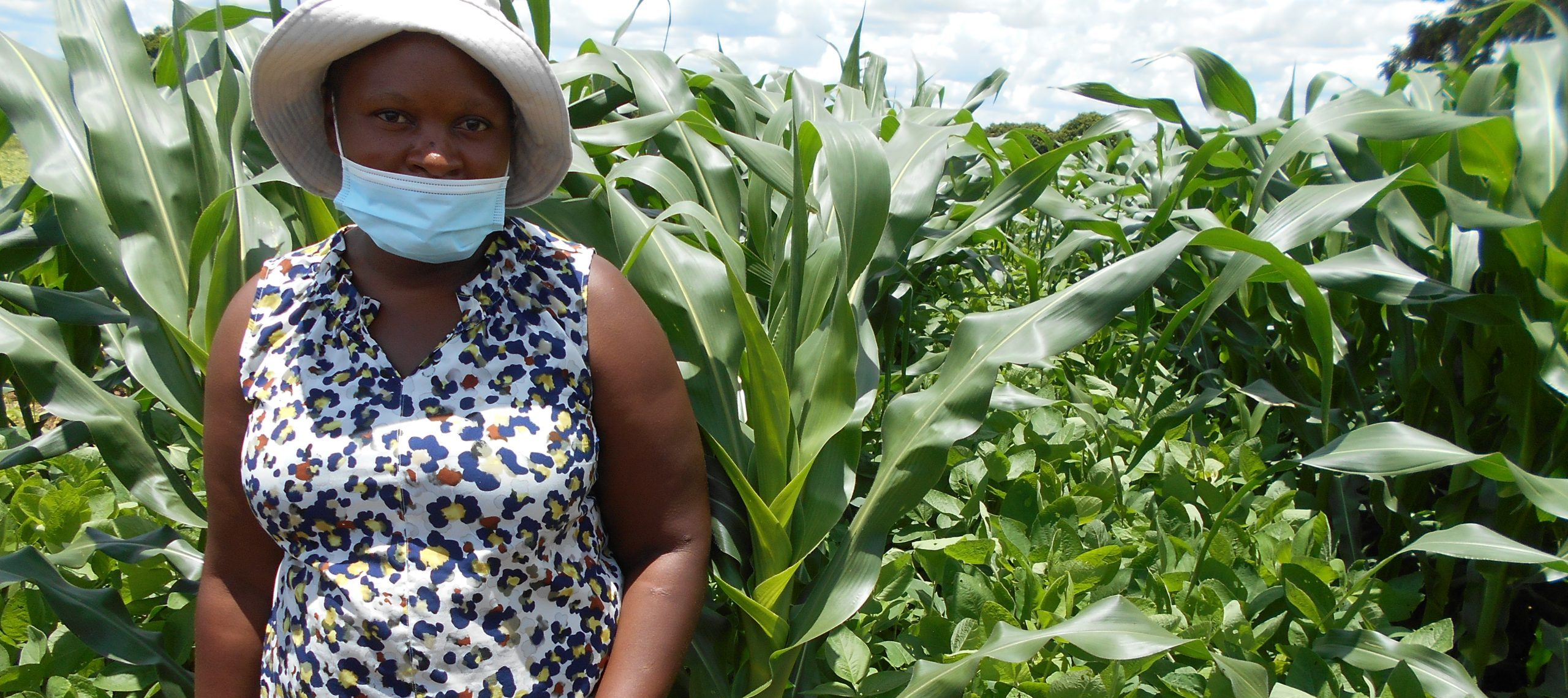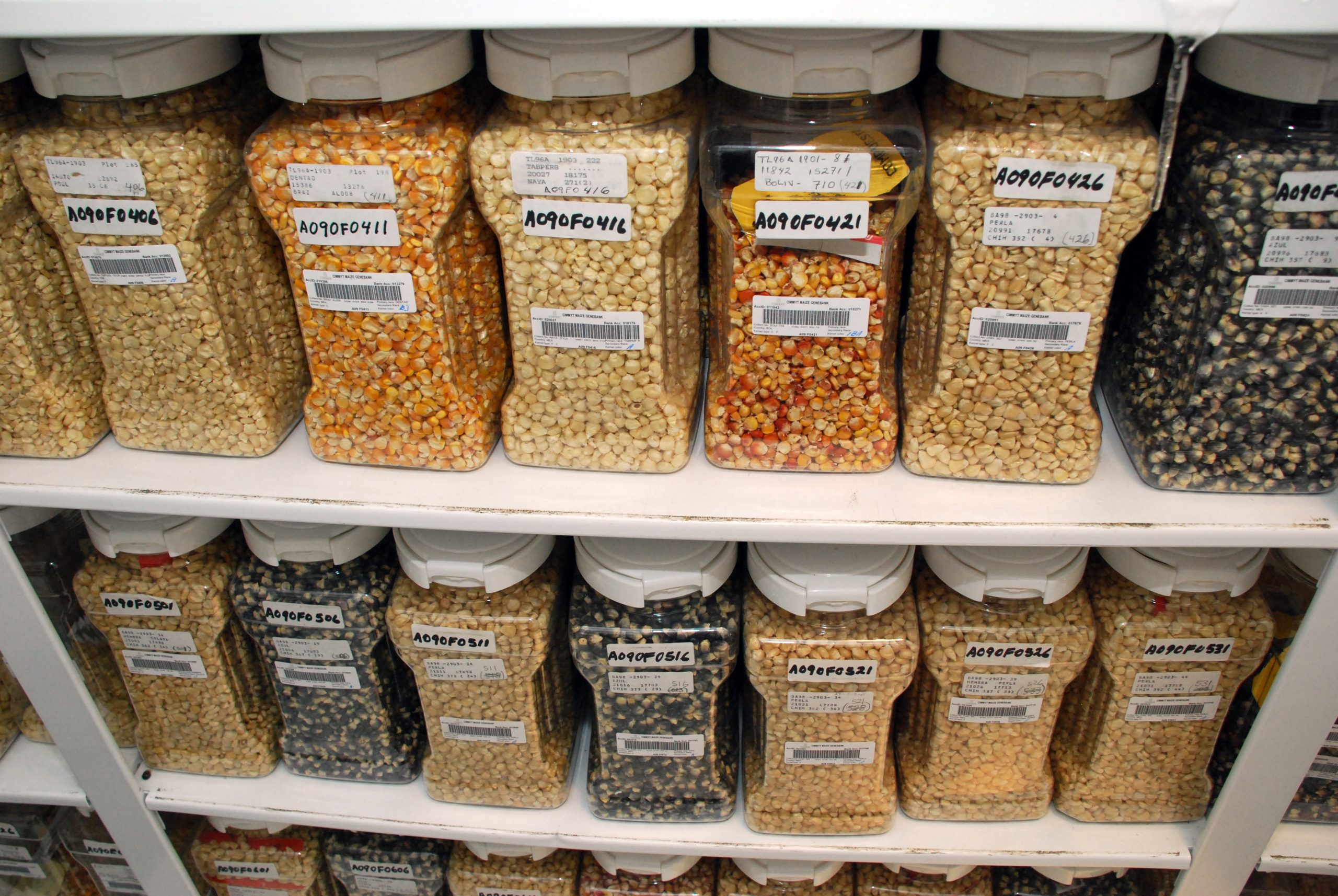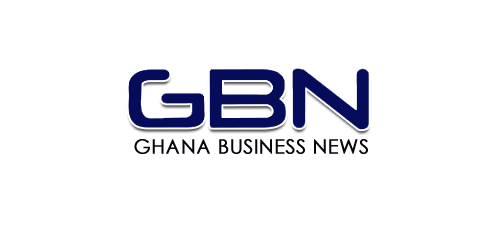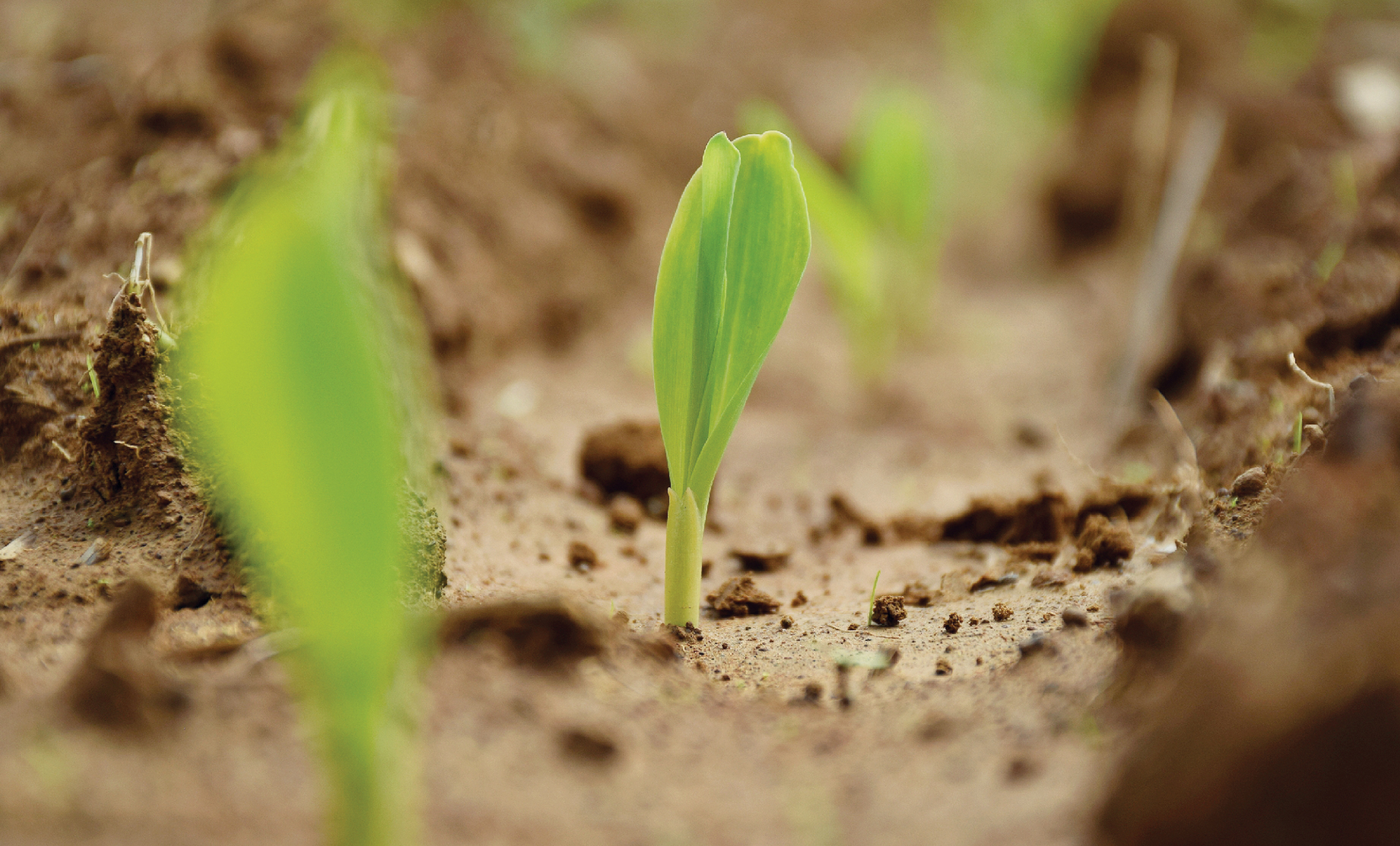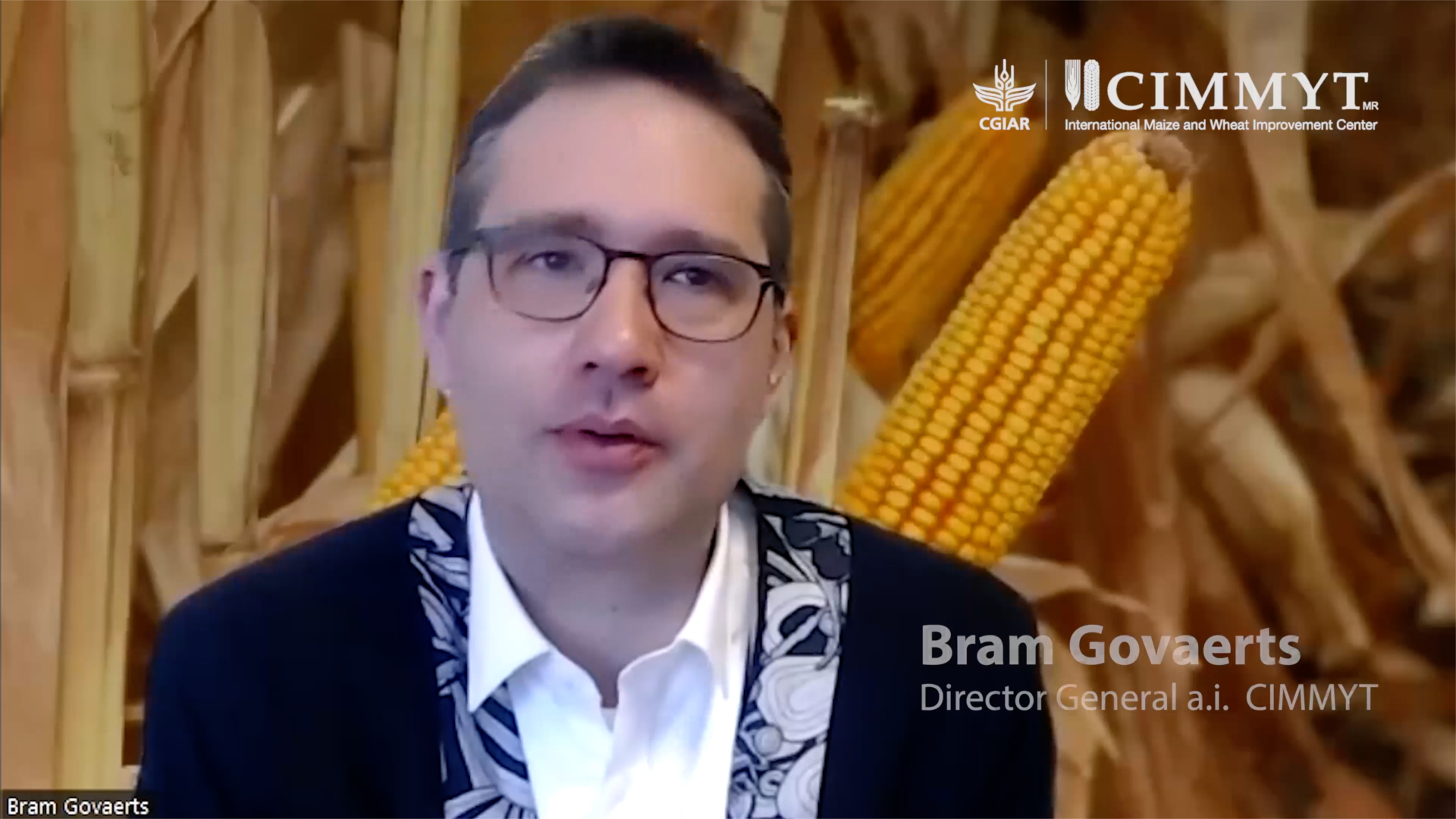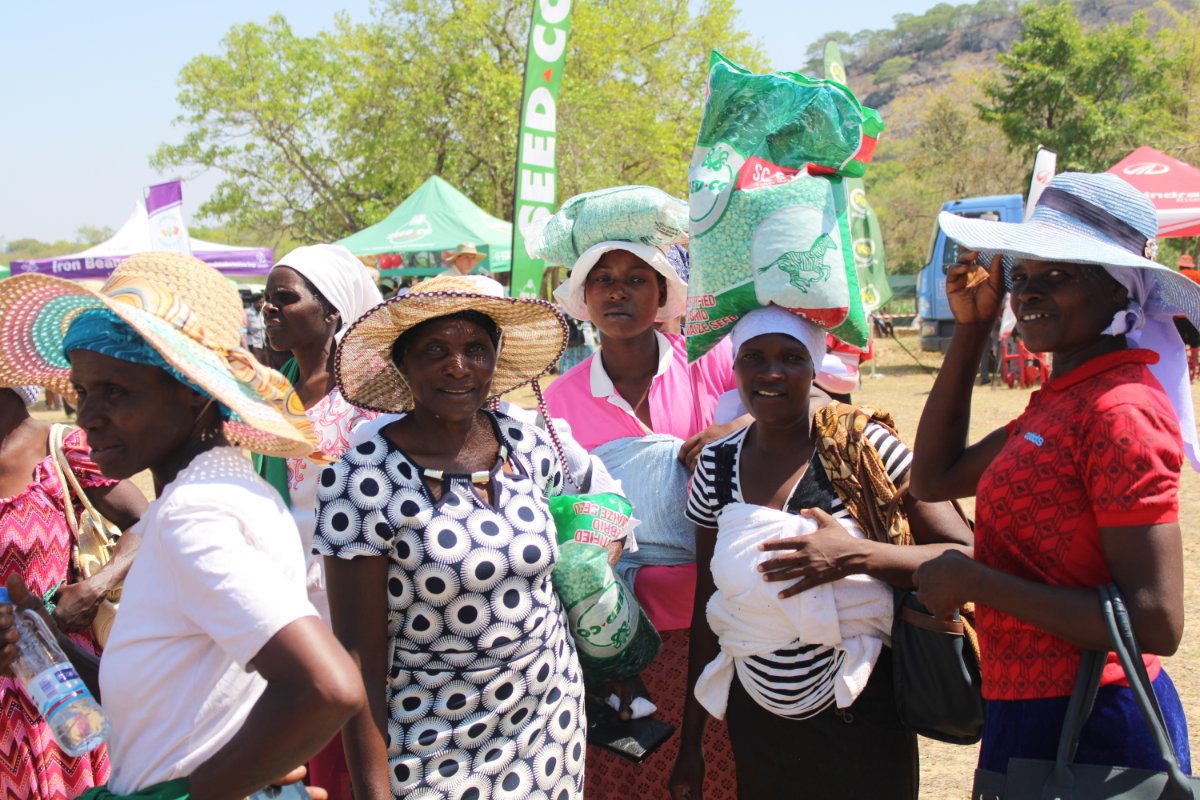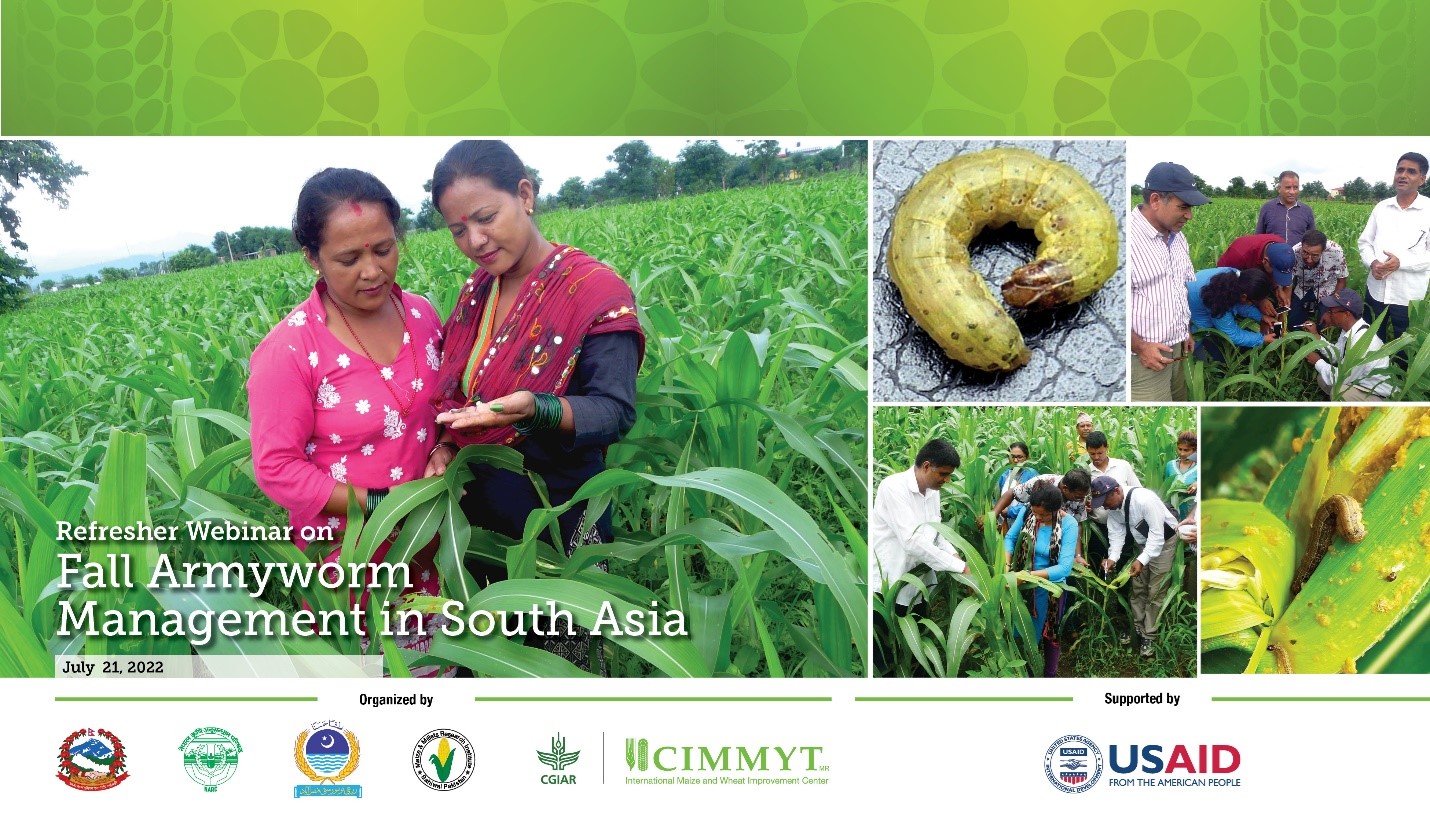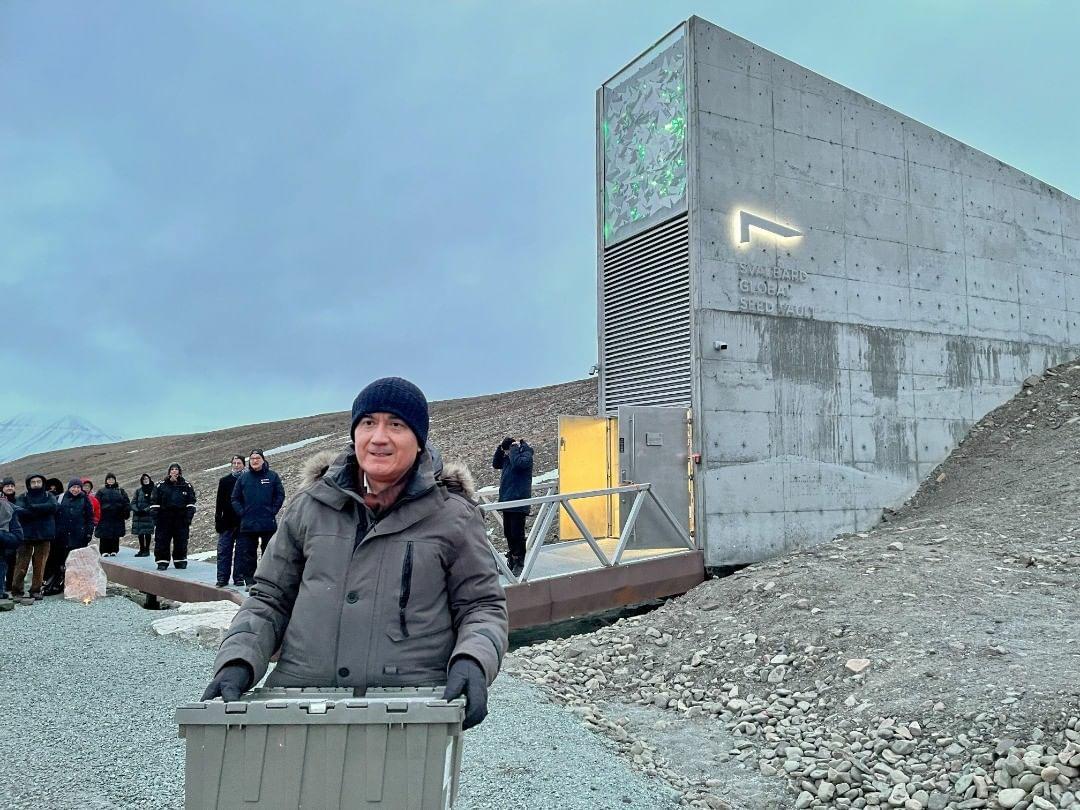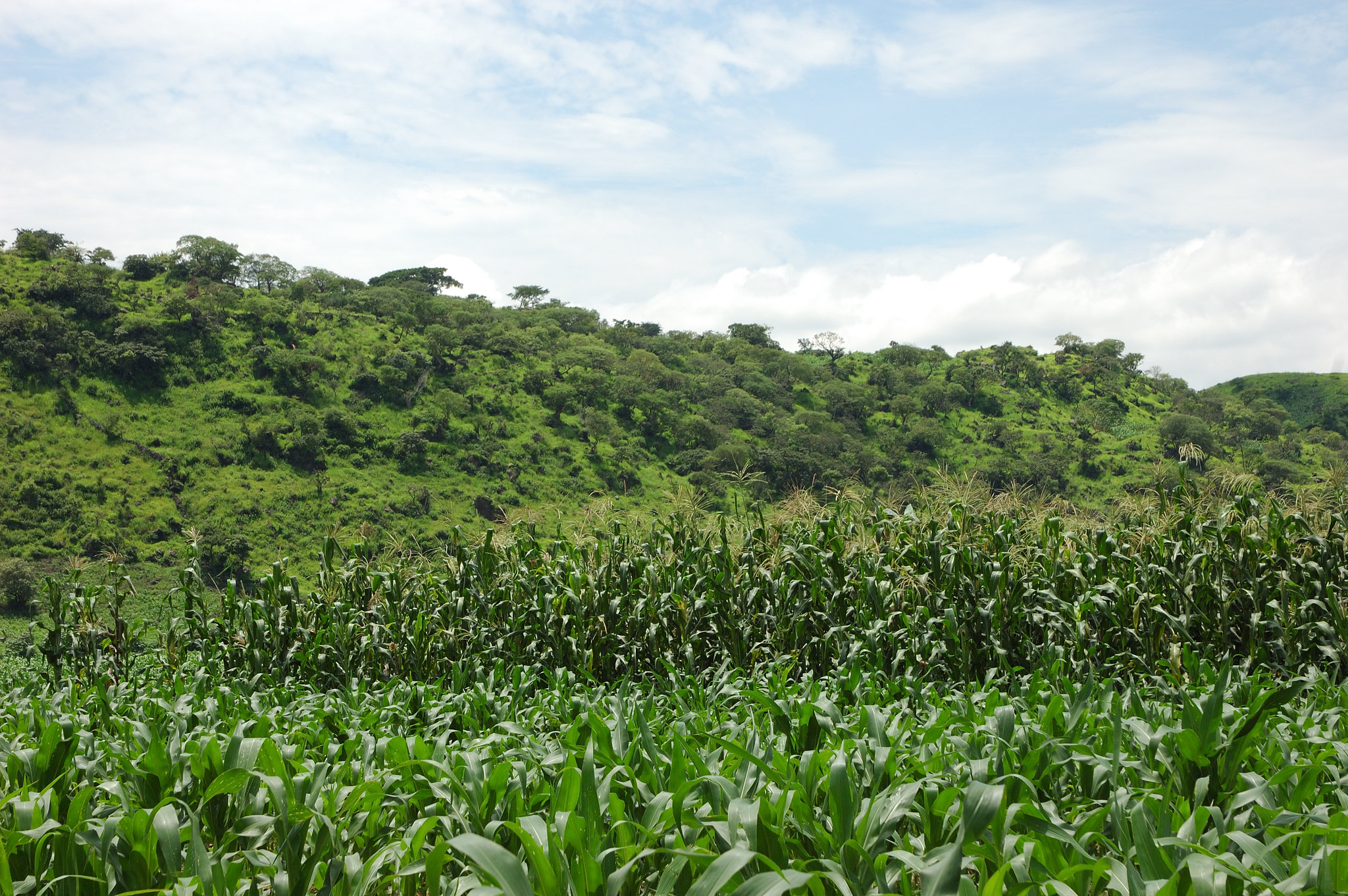Environmental health and biodiversity
The world needs better management of water, soil, nutrients, and biodiversity in crop, livestock, and fisheries systems, coupled with higher-order landscape considerations as well as circular economy and agroecological approaches.
CIMMYT and CGIAR use modern digital tools to bring together state-of-the-art Earth system observation and big data analysis to inform co-design of global solutions and national policies.
Our maize and wheat genebanks preserve the legacy of biodiversity, while breeders and researchers look at ways to reduce the environmental footprint of agriculture.
Ultimately, our work helps stay within planetary boundaries and limit water use, nutrient use, pollution, undesirable land use change, and biodiversity loss.
Young CIMMYT scientist receives 2022 Japan Award for global research to combat wheat aphids
 Environmental health and biodiversity
Environmental health and biodiversity
Elite wheat lines from the work are being freely shared with partners worldwide.
Research shows impact of root and crown rot in wheat
 Environmental health and biodiversity
Environmental health and biodiversity
A unique study by CIMMYT scientists in Türkiye in collaboration with scientists from the Bolu Abant Izzet Baysal University, Türkiye demonstrate the prevalence of fungi species in wheat production areas in Kazakhstan, which could be affecting wheat yield and quality.
Kenya: Scientists team up to control fall army worms
 Environmental health and biodiversity
Environmental health and biodiversity
Source: Agro News (9 Nov 2022)
Scientists are working to contain the spread of fall armyworm in Kenya with naturally resistant varieties and eco-friendly solutions.
Plant health data is critical for effective policy change
 Environmental health and biodiversity
Environmental health and biodiversity
Experts gathered at the FAO Science and Innovation Forum to drive forward research partnerships to curb crop loss due to pests and diseases through efficient global sharing of data.
Zambia officials promote sustainable maize cropping practices for small-scale farmers
 Environmental health and biodiversity
Environmental health and biodiversity
The new farming methods can raise harvests, enrich soils, and capture and conserve moisture.
Combatting soil-borne pathogens and nematodes vital for food security
 Environmental health and biodiversity
Environmental health and biodiversity
Impressions from attendees of the VIII International Cereal Nematode Symposium.
FFAR’s food security webinar at COP27 highlights need for genebank collection diversity research
 Climate adaptation and mitigation
Climate adaptation and mitigation
Register for an online webinar as part of COP27 to learn about the role of genebanks in building climate-resilient supply chains.
Farmers introduced to stress-tolerant hybrid maize varieties
 Environmental health and biodiversity
Environmental health and biodiversity
Source: Ghana Business News (2 Nov 2022)
A field day in Ghana organized by the AGG project supports farmers to adopt maize varieties with tolerance to stress.
Bringing voluntary carbon offset markets to smallholder Indian farmers
 Climate adaptation and mitigation
Climate adaptation and mitigation
CIMMYT and ICAR partner to reward Indian farmers for utilizing climate smart agricultural practices.
Achieving sufficiency and sustainability in maize production
 Environmental health and biodiversity
Environmental health and biodiversity
At the International Maize Congress, Bram Govaerts emphasized the importance of collaborative research to work towards healthy diets and sustainable systems.
CIMMYT project helps educate farmers in Zimbabwe on seed practices and improved varieties
 Climate adaptation and mitigation
Climate adaptation and mitigation
A project run by CIMMYT is giving farmers access to demos, field days and seed fairs to improve their understanding of good agronomic practices and improved seed varieties.
Refresher webinar on fall armyworm management in South Asia
 Environmental health and biodiversity
Environmental health and biodiversity
Experts share latest updates, experiences, and ways forward to help farmers battle fall armyworm.
CIMMYT delivers seed to Svalbard Global Seed Vault
 Environmental health and biodiversity
Environmental health and biodiversity
Maize and wheat seeds stored in Svalbard are essential for protecting global biodiversity for future generations.

